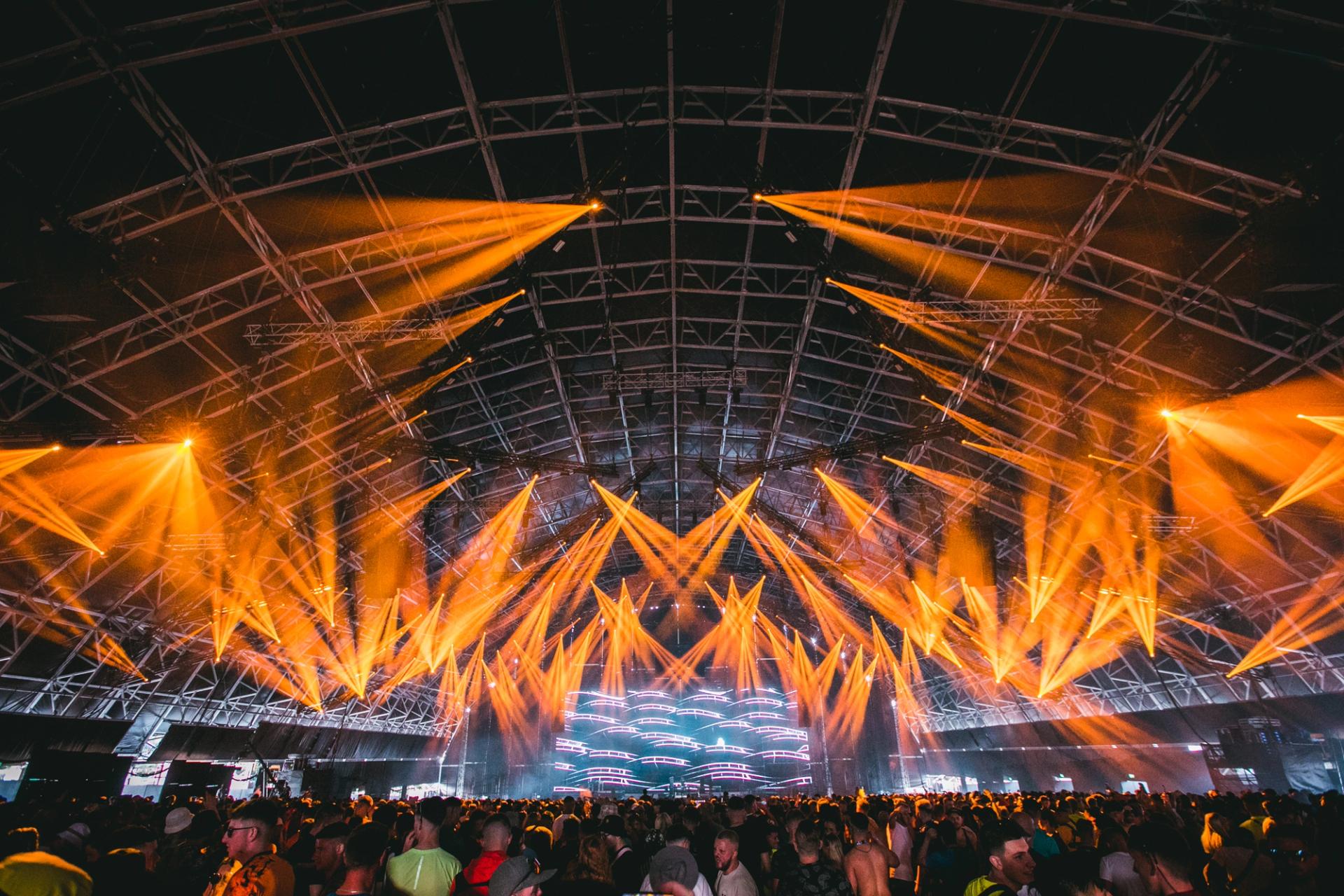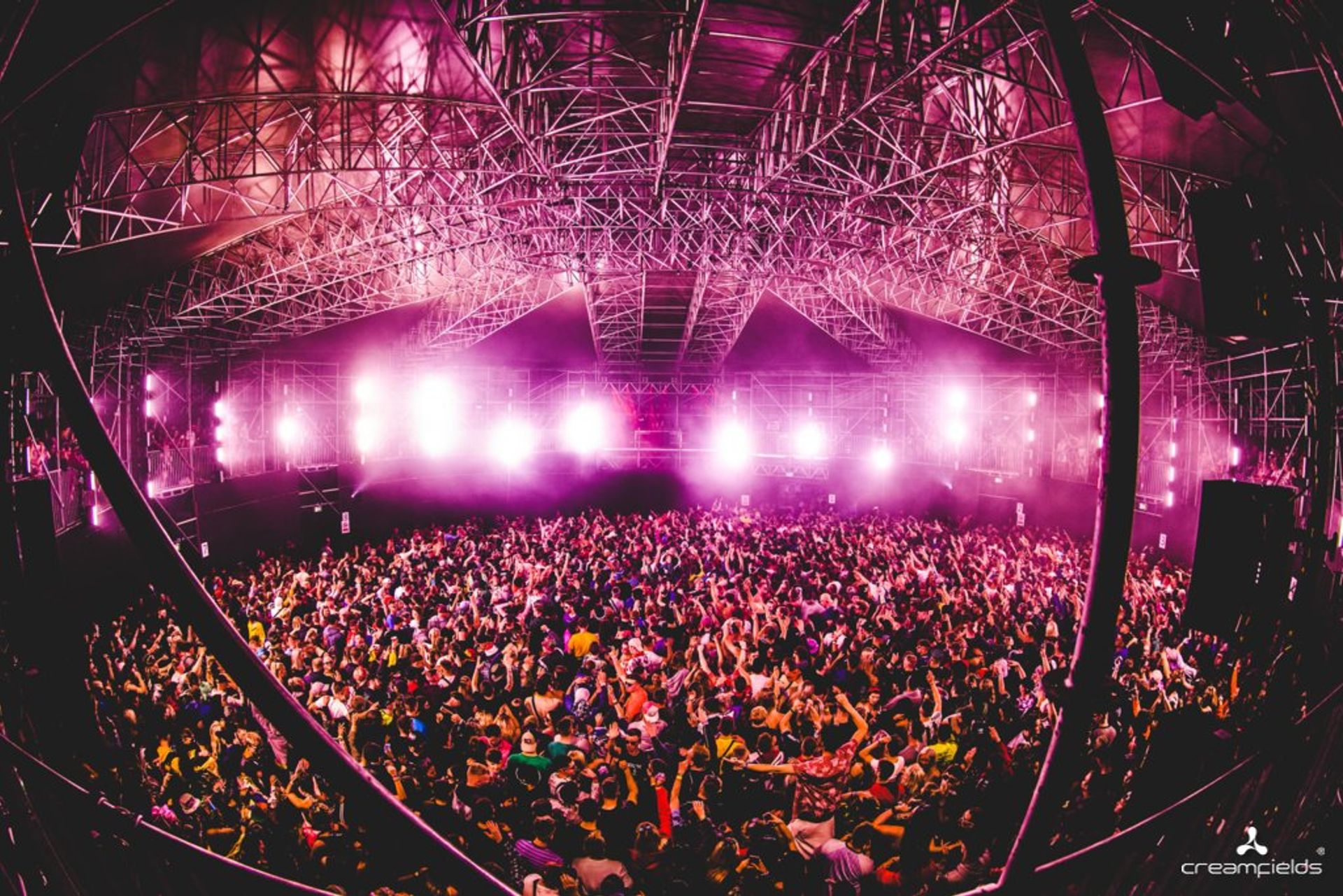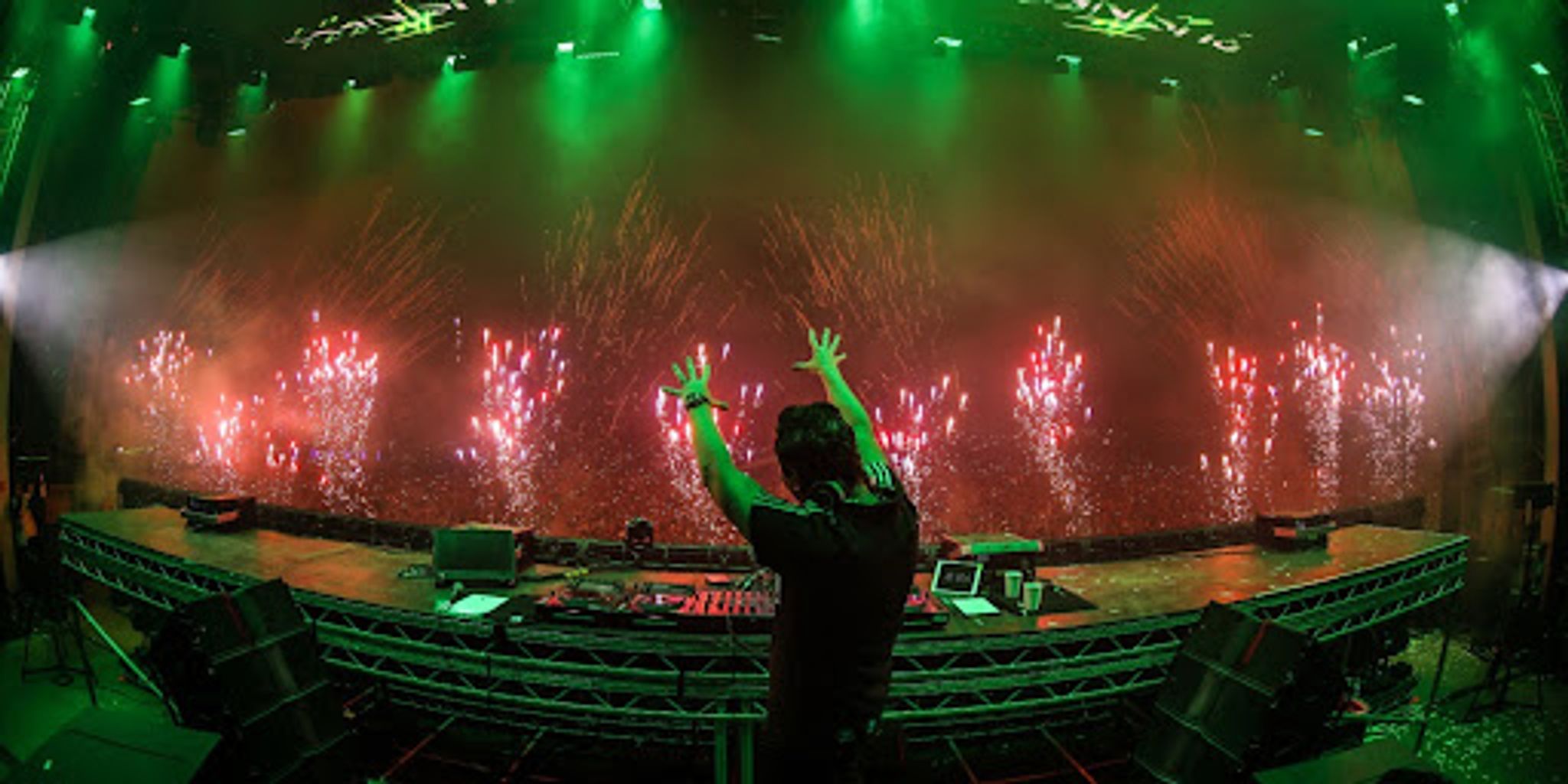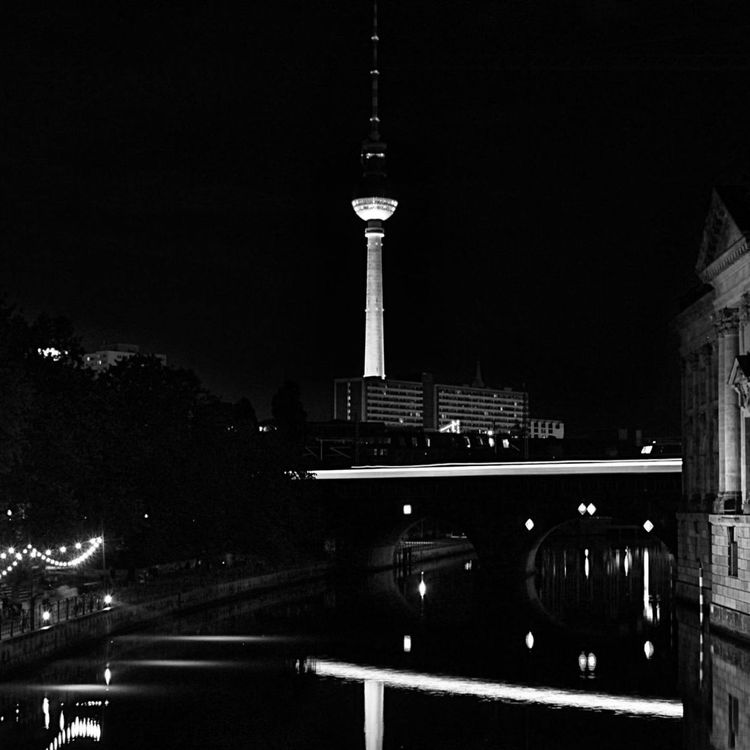Creamfields: Transforming a Club Night into a Global Dance Icon
The United Kingdom is synonymous with a wealthy music culture. The region of approximately 70 million people encompasses countless artistic styles that have influenced the rest of the world. Pushing the boundaries of production and sound, Creamfields is one of the UK's premier dance music festivals. The Cream brand expanded from a weekly house night to a mega-festival, drawing in the biggest names in electronic music year after year. The exemplar of headliner culture, Creamfields harnesses the ability to assemble a perfect lineup, one that is not singular in taste but deeply provocative.
Performing at Creamfields is a right of passage for many musicians, a journey of hard work and perseverance in the nightlife industry. With several best festival awards under their belt, Creamfields reigns as a leader in the marketplace. Since 1998, Creamfields commences the summer holiday in late August, spinning a wide array of genres and tempos. The 2022 release of tickets sold out instantly as revelers were hungry for a return to the dance floor.
The original festival grounds at Winchester, Hampshire, drew in a crowd of about 25,000. From 1999 to 2005, Creamfields transferred locations to Liverpool, Merseyside. During this period of growth, Cream had to shut down its nightclub to focus on Creamfields. In 2006 Creamfields celebrated ten years by expanding to two days and relocating to its new home in Daresbury, Cheshire, where it hosts ten stages and welcomes 250,000 people over the weekend.
The Cream brand has expanded internationally with signature festivals in Australia, Brazil, Buenos Aires, Czech Republic, Chile, China, Colombia, Hong Kong, Ibiza, Ireland, Mallorca, Malta, Mexico, Romania, Paraguay, Poland, Peru, Spain, Taiwan, Turkey, Ukraine, UAE, & Vietnam. Transcendental tunes have spread to the far corners of the earth, slowly shifting the soundscape of these distant regions.
At home, stage takeovers such as Mad Decent, Pepsi Max, MK Area 10, and Mixmag have helped transform the musical landscape of the UK.

It was all a dream before Cream was founded in 1992 at a nightclub called Nation in Wolstenholme Square, Liverpool, by James Barton, Andy Carroll, and Darren Hughes. Saturday night was their territory, and they threw down every single week. Cream established itself in the UK nightlife hierarchy for a decade and developed a loyal fan base through its jam-packed lineups with the most prominent local and international stars.
Alongside being one of the founders of Cream, Andy Carroll was an integral resident DJ, showcasing his calculated tastemaking abilities. Carroll's background in music put him in a prime position to progress the Cream brand. In conjunction with being the A&R at Deconstruction, Carroll and James Barton conceived Olympic Recordings in 1992 that had a poignant run till 2005. Darren Hughes connected with James Barton through a mutual friend. With Hughes' expertise in marketing and Barton's establishment in the nightlife scene, the Cream brand became a household name.
Hughes left Cream in 1998 to open a nightclub in London called Home. Destined to be a super club, the political atmosphere of London caused more problems than it created.

In 2012 Cream was acquired by Live Nation, and James Barton became Live Nation's president, further accelerating themselves in the field to compete with the best music festivals in the world.
Innovation with partnership breeds success, and Creamfields has partnered with many prominent brands to elevate the brand further. Virgin Records released a series of studio mixes titled Creamfields with legends like Paul Oakenfold, Seb Fontaine, Yousef, and Ferry Corsten. Mixmag and BBC Radio 1 have long partnered to bring the Creamfields experience into people's homes around the world. Headlining partner Cinch, one of the biggest car resellers in the UK, provides lucky winners with a VIP viewing deck. Cinch also provides exclusive behind-the-scenes content from Creamfields on its social media pages.
In 2013, £500,000 was invested in renovations to the festival grounds to weatherproof against the summer showers, and security enforcement has become a top priority. An additional cash injection of £2,000,000 in 2019 proceeded to improve the logistics in the fields of water, security, parking, and many others to fine-tune the process for festival-goers and staff.
The lighting and visual rigs from a production standpoint are architectural behemoths slowly shifting the possibilities of design. Over the years, the stage design at Creamfields has progressed from traditional to visually breathtaking. Creamfields currently boasts ten stages in its repertoire.
The ARC and Horizon / BBC Radio 1 stages utilize mammoth LED screens with advanced architectural precision to create visual paradises that are just as breathtaking from a helicopter as they are from the ground.

The SILO stage features a 360 light array, encircling the attendee to an ancient theatrical ensemble in a metal superstructure. Finally, the Generator stage combines that same industrial warehouse underground feel as Silo while using shipping containers as walls.
The internal renovations combined with the technological breakthroughs in 2006 saw the implementation of the Creamfields Steel Yard, a neo-metal megastructure built by Acorn Event Structures that won Best Stage by Festival Supplier Awards in 2017 and 2018.
Steel Yard residencies have popped up in London and Liverpool as they pay homage to the primal roots of electronic music culture. Eric Prydz orchestrated his spectacle titled VOID (Visual Offset Isometric Design) at the Steel Yard in 2019, illuminating the night with an array of bright lights and lasers geometrically positioned from every direction.
During the '90s, Cream was the epicenter of the dance music world. What started as a fiesta for a few hundred attendees turned into a few hundred thousand. At its height, Cream was a social landmark, filling out Nation with top-level acts. Seas of people flowed in and out of the Cream doors until its final show in September 2002. The venue expanded from holding 400 people to a few thousand.
Certain places have become the cornerstone of a city; if you ended up in Liverpool in the late 90s, chances are you brushed shoulders with the same energy and motivation. As that creativity oozed through the audience, a new generation of ravers were born, subgenres upon subgenres later. There are special moments to savor, the ones that freeze time or make it fly while the music remains perpetually timeless.
















